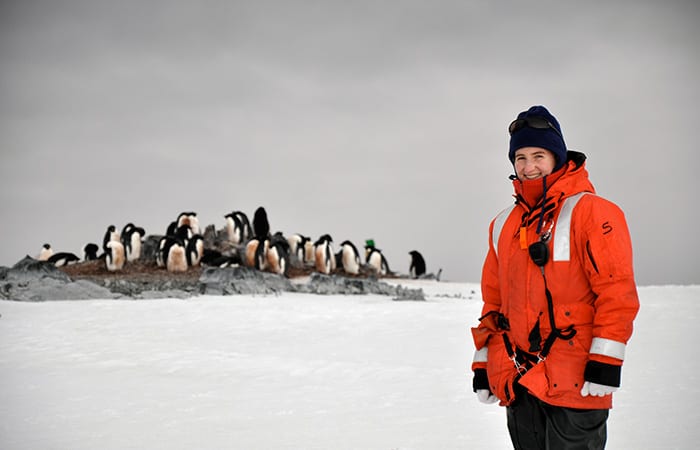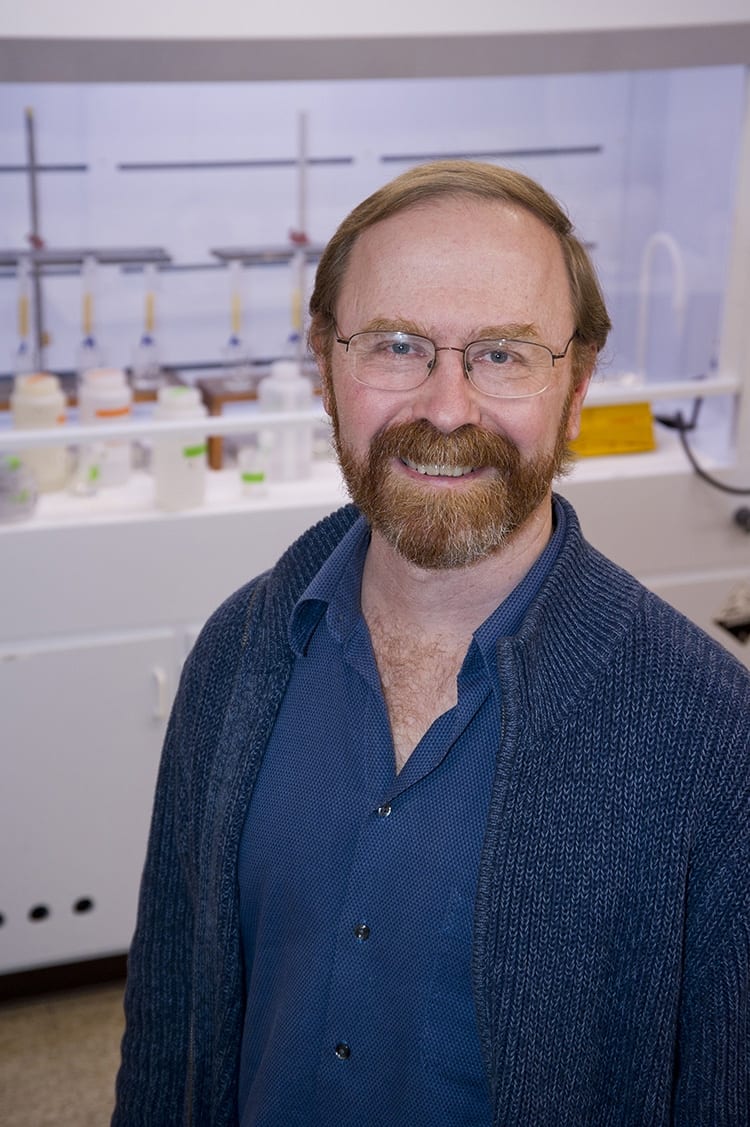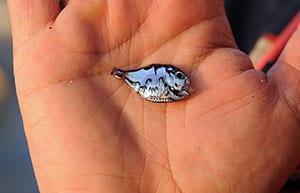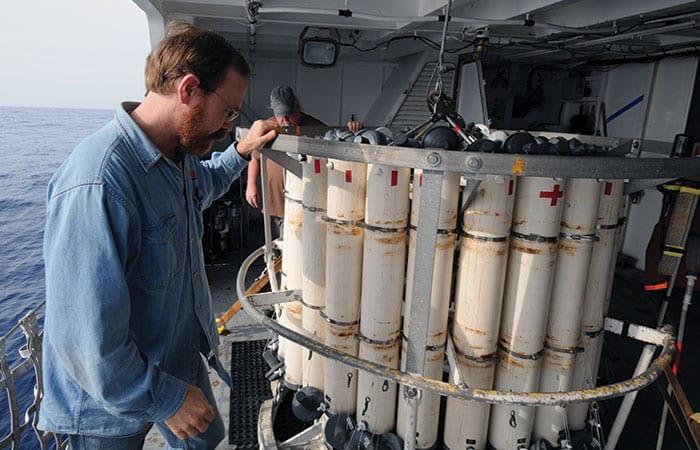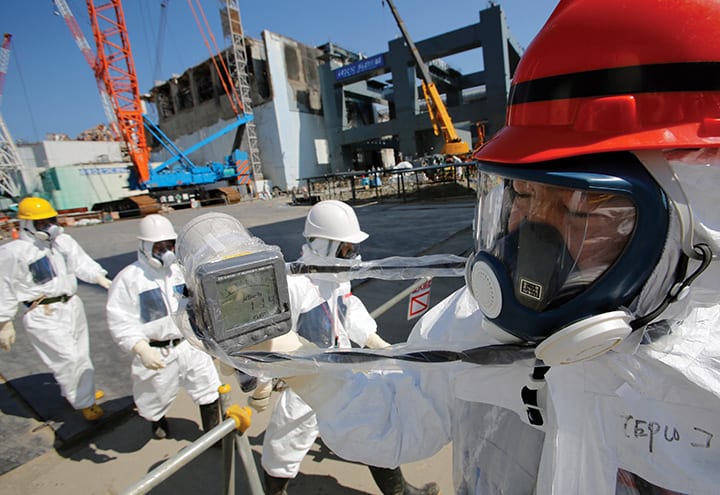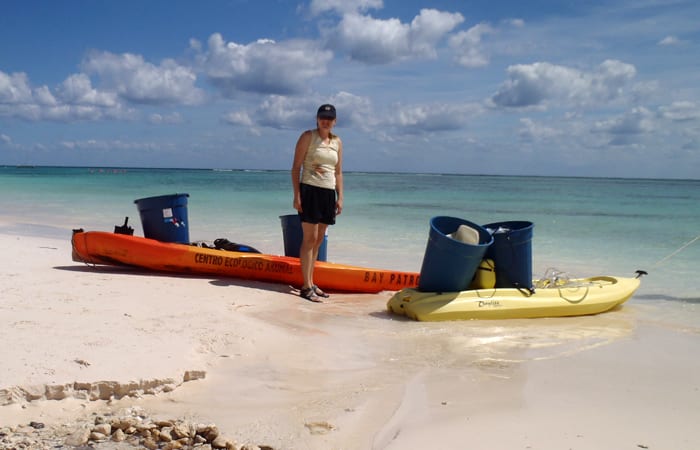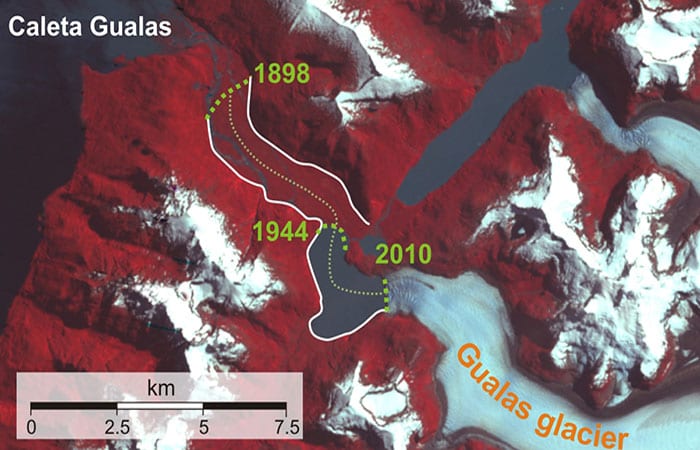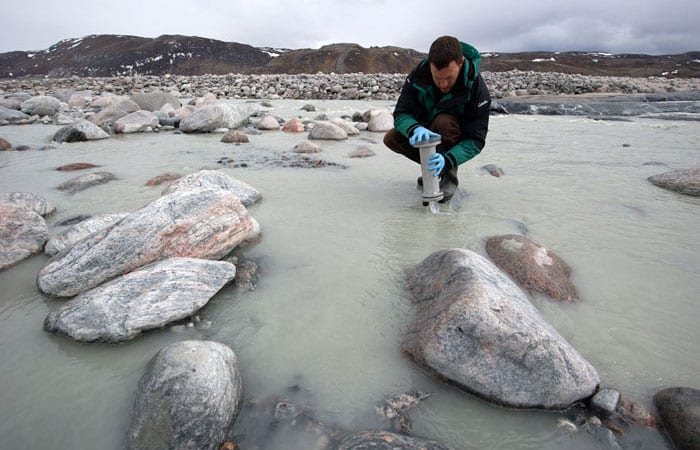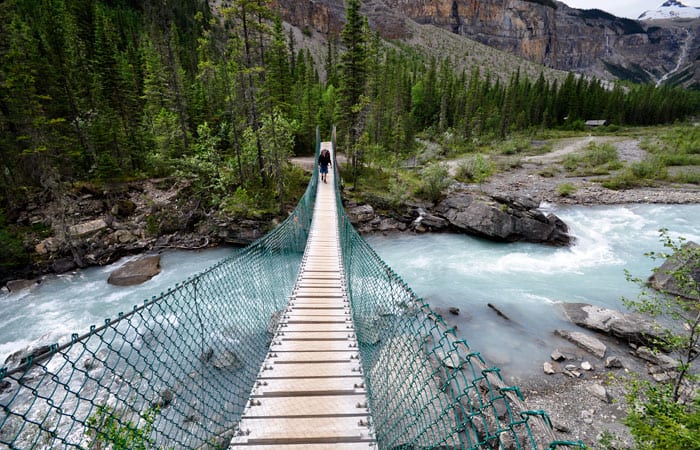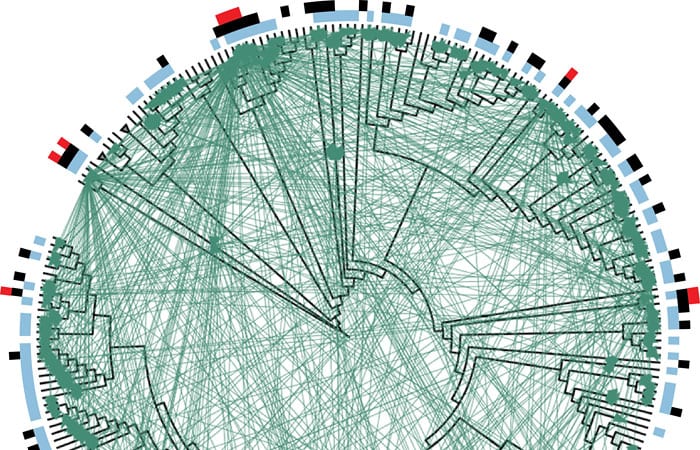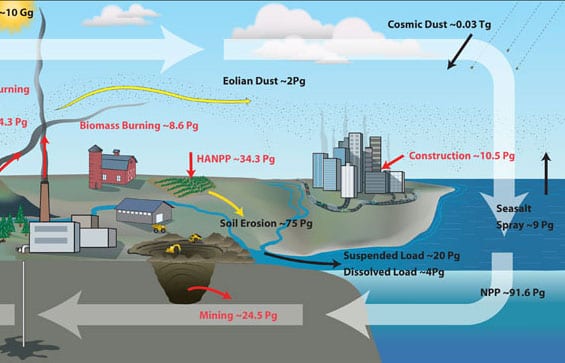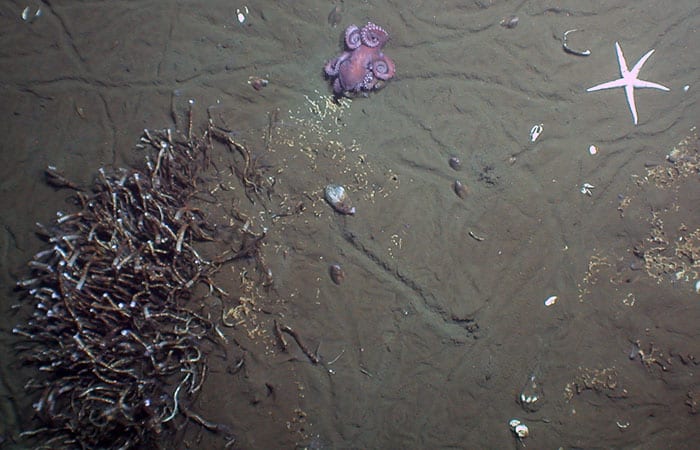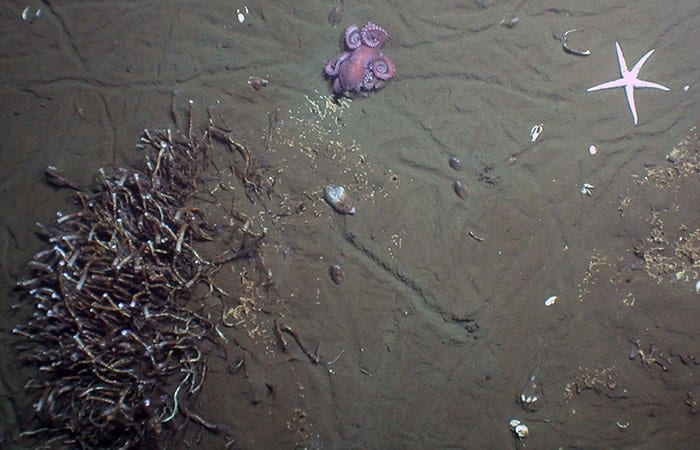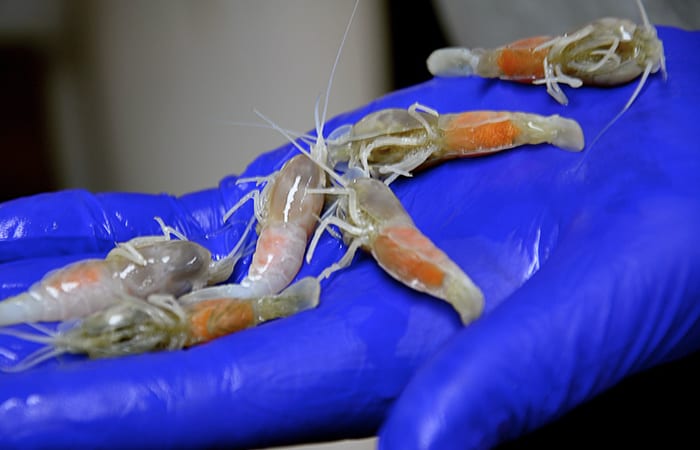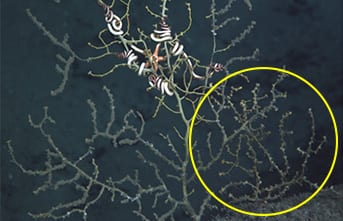Marine Chemistry & Geochemistry
The Scientist and the Poet
Alice Alpert, a graduate student in the MIT/WHOI Joint Program, studies what the chemistry of coral skeletons can tell us about the ocean in the past. Before coming to WHOI,…
Read MoreBuesseler Appointed to Royal Netherlands Academy of Arts and Sciences
Woods Hole Oceanographic Institution Senior Scientist Ken O. Buesseler has been appointed a foreign member of the Royal Netherlands Academy of Arts and Sciences. Buesseler is one of two foreign…
Read MoreThe Black Sea is a Goldmine of Ancient Genetic Data
Black Sea, sediment, genetic data, past climate, Strait of Bosphorus, Liviu Giosan, Marco Coolen, paleo, DNA, dinocysts, dinoflagellate
Read MoreHow Is Fukushima’s Fallout Affecting Marine Life?
» 日本語版 The Fukushima nuclear disaster delivered an unprecedented amount of radioactivity into the sea over a relatively brief time. How did that pulse of cesium and other radioisotopes make…
Read MoreRadioisotopes in the Ocean
» 日本語版 The release of radioisotopes from the Fukushima Dai-ichi nuclear power plant in March 2011 amounts to the largest-ever accidental release of radiation to the ocean. It came mostly…
Read MoreABCs of Radioactivity
<!– // –> » 日本語版 To the average layperson, “radioactivity” is a harsh and scary word. But the fact is that radioisotopes, both natural and artificial, are all around us.…
Read MoreJapan’s Triple Disaster
» 日本語版 The chain of calamity now known as Japan’s Triple Disaster began with a massive rupture in the ocean floor. At 2:46 p.m. on March 11, 2011, below the…
Read MoreLyme Disease Bacteria Have Quirky Needs
Scientists have confirmed that the pathogen that causes Lyme disease—unlike any other known organism—can exist without iron, a metal that all other life needs to make proteins and enzymes. Instead…
Read MoreScientists Reveal Quirky Feature of Lyme Disease Bacteria
Scientists have confirmed that the pathogen that causes Lyme Disease—unlike any other known organism—can exist without iron, a metal that all other life needs to make proteins and enzymes. Instead…
Read MoreGlaciers Contribute Significant Iron to North Atlantic Ocean
All living organisms rely on iron as an essential nutrient. In the ocean, iron’s abundance or scarcity means all the difference as it fuels the growth of plankton, the base…
Read MoreThe Synergy Project, Part II
Back in my high school, and maybe yours too, kids naturally separated into cliques—jocks, punks, preppies, hippies, and at the extremes of the mythical left- and right-hemisphere brain spectrum, nerds…
Read MoreThe Synergy Project
Back in my high school, and maybe yours too, kids naturally separated into cliques—jocks, punks, preppies, hippies, and at the extremes of the mythical left- and right-hemisphere brain spectrum, nerds…
Read MoreGroundwater: The River No One Sees
The Retreat of the Gualas Glacier
Like many mountain glaciers, the Gualas Glacier in the Patagonian region of Chile has retreated fast during the past century in the face of climate change. But not only for…
Read MoreThe Glacial Chronicles
Graduate student Benjamin Linhoff spent several months in the summers of 2011 and 2012 studying a glacier at a remote camp on the Greenland Ice Sheet. Here are some excerpts…
Read MoreRiver Quest
Max Holmes and Bernhard Peucker-Ehrenbrink spend a lot of time upriver—one day bundled in a parka on the icy banks of the Fraser River in Canada, another day paddling in…
Read MoreBacteria Exhibit Altruistic Behavior
When it comes to bacteria protecting themselves, it’s all in the family. A new study shows that marine bacteria can produce antibiotic compounds that kill unrelated bacteria but do not…
Read MoreFishing for Answers off Fukushima
Japan’s “triple disaster,” as it has become known, began on March 11, 2011, and remains unprecedented in its scope and complexity. To understand the lingering effects and potential public health…
Read MoreElemental Journeys
Humans have changed the face of the Earth by significantly altering the natural movements of chemicals on the planet’s surface, according to a new study by geochemists at Woods Hole…
Read MoreDeep-sea Detectives
Links to related materials Mid-Ocean Ridges—Articles, illustrations, and video showing how new seafloor crust forms Mapping the Seafloor with Multibeam Sonar Profile of Marshall Swartz Story of the SDSL Data-Link…
Read MoreDeep-sea Detectives
Links to related materials Mid-Ocean Ridges—Articles, illustrations, and video showing how new seafloor crust forms Mapping the Seafloor with Multibeam Sonar Profile of Marshall Swartz Story of the SDSL Data-Link…
Read MoreDeep-sea Vents Yield New Species
Call it “midnight at the OASES.” Neither permanent darkness nor extreme pressure and heat cause problems for a host of new deep-sea species found in January by an international research…
Read MoreDo Oil and Corals Mix?
Scientists from Woods Hole Oceanographic Institution (WHOI) helped find strong evidence that the Deepwater Horizon oil spill in 2010 had impacts on deep-sea coral communities in the Gulf of Mexico.…
Read MoreHuman Impact Felt on Black Sea Long Before Industrial Era
When WHOI geologist Liviu Giosan first reconstructed the history of how the Danube River built its delta, he was presented with a puzzle. In the delta’s early stages of development,…
Read More
